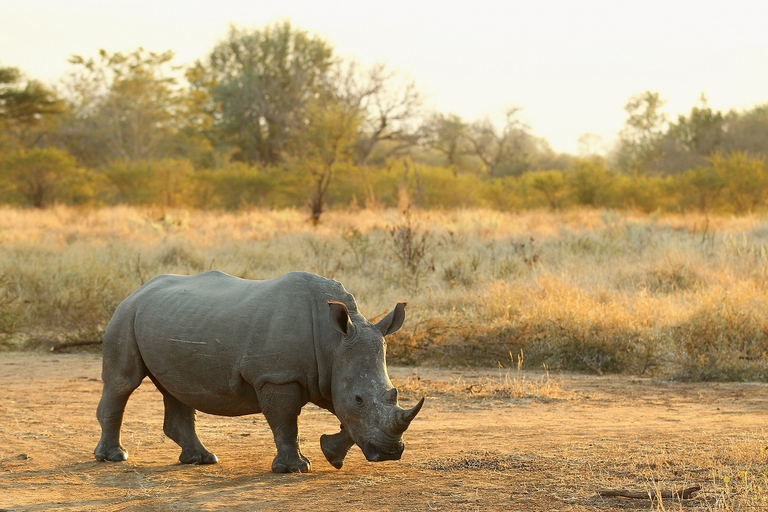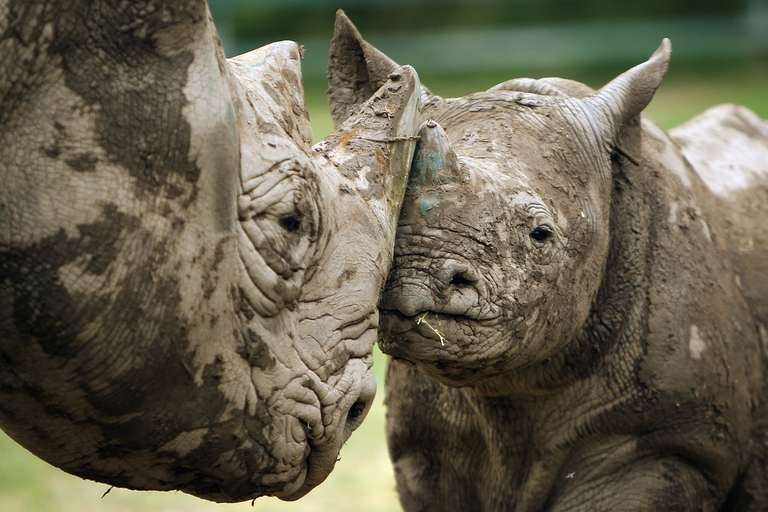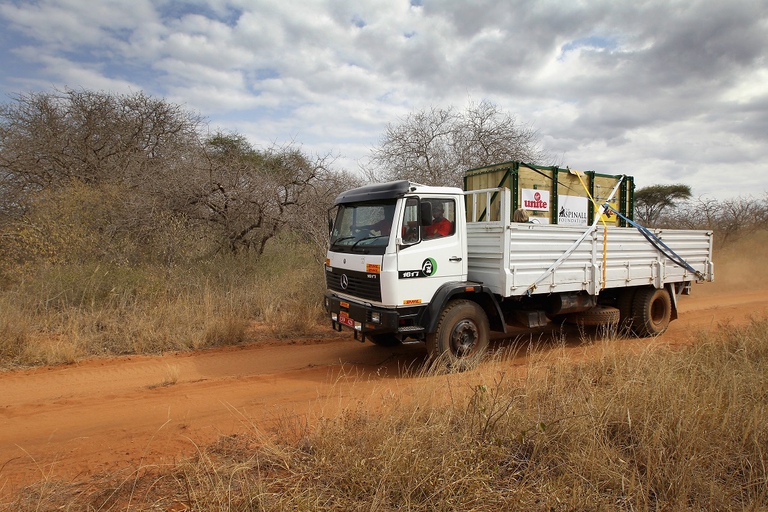
Our species took its first steps in a world covered in trees. Today, forests offer us sustenance, shelter, and clean the air that we breathe.
Dopo un’assenza durata dieci anni, venti esemplari di rinoceronte nero saranno reintrodotti nel parco nazionale dell’Akagera.
It’s been ten years since the last sighting of an eastern black rhino (Diceros bicornis michaeli) in the wild in Rwanda, but the giant is making a comeback. Around 20 individuals of this rare and threatened mammal will be moved from South Africa to the Akagera National Park.
“It’s an extraordinary homecoming,” said the African Parks organisation in a statement. The eastern black rhino is listed as “critically endangered” by the IUCN Red List. In the 1970’s the Akagera National Park was home to more than 50 black rhinos, and the last sighting dates back to 2007.
“Rhinos are one of the great symbols of Africa yet they are severely threatened and are on the decline in many places across the continent due to the extremely lucrative and illegal rhino horn trade,” said Peter Fearnhead, head of African Parks. Rhinos are slaughtered at an accelerating rate by poachers for their horns due to the (wrong) popular belief of their therapeutic properties. Only less than 5,000 black rhinos are estimated to survive worldwide, with only 1,000 of the eastern subspecies. Plus, South Africa’s decision to lift its national ban on rhino horn trade is further worsening the situation.
The return of black rhinos to the Rwandan national park “represents an important opportunity for their conservation,” the park said in a statement. After being reintroduced into the wild, the rhinos will be protected from poachers by ranger units supported by anti-poaching dogs and aerial surveillance. The operation has been made possible thanks to the financial help from the Howard Buffet Foundation.
Besides being precious for a balanced ecosystem, the return of rhinos to Rwanda represents a huge economic opportunity for the country, and ecotourism. “We are fully prepared to welcome rhinos and ensure their safety for the benefit of our tourism industry and the community at large,” said Clare Akamanzi, chief executive of the Rwanda Development Board. Before rhinos, lions returned to the Akagera park in 2015 after 15 years of absence. Finally, Rwanda can boast the presence of the African big five: rhinos, lions, elephants, leopards and buffalos.
Siamo anche su WhatsApp. Segui il canale ufficiale LifeGate per restare aggiornata, aggiornato sulle ultime notizie e sulle nostre attività.
![]()
Quest'opera è distribuita con Licenza Creative Commons Attribuzione - Non commerciale - Non opere derivate 4.0 Internazionale.
Our species took its first steps in a world covered in trees. Today, forests offer us sustenance, shelter, and clean the air that we breathe.
Poachers in Africa are encroaching on wildlife land and killing rhinos in travel hot spots now devoid of visitors due to the coronavirus pandemic.
Actor and environmental activist Leonardo DiCaprio has contributed two million dollars to a fund to protect Virunga National Park in Congo from threats such as terrorism, the coronavirus and poaching.
For the first time in seventeen years, Iceland’s two main whaling companies won’t resume whale hunting. The announcement concerns this year’s season but could carry into the future.
The relationship between the coronavirus and wildlife is complex: while the pandemic may lead to a reduction in the illegal trade in wild animals, it may also encourage it in other respects.
The largest coral reef in the world is severely threatened by climate change, but researchers are developing strategies that could contribute to saving the Great Barrier Reef.
NGO Free the Bears has opened a mountain sanctuary for moon bears in Laos. With the government’s help, it aims to close all bile farms by 2022.
Seychelles have extended its marine protected area, which now covers over 400,000 square kilometres, an area larger than Germany.
The tapir was reintroduced into Brazil’s Atlantic Forest, the country’s most at-risk ecosystem. The species can play a key role in the forest’s recovery.










